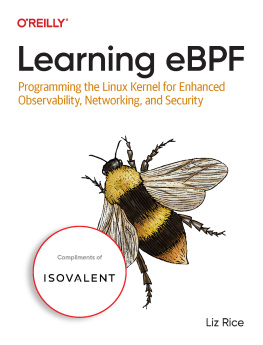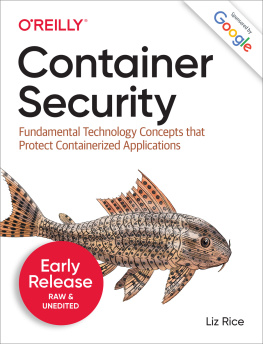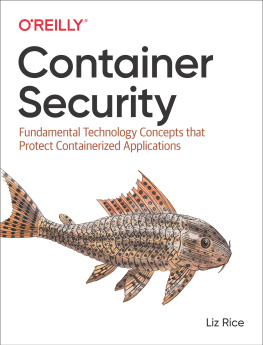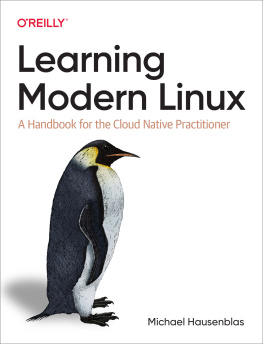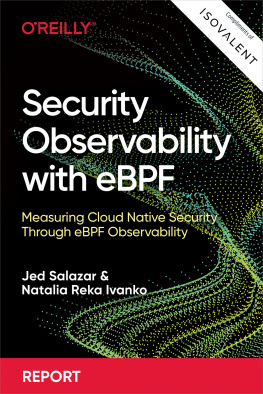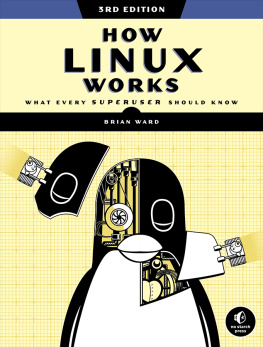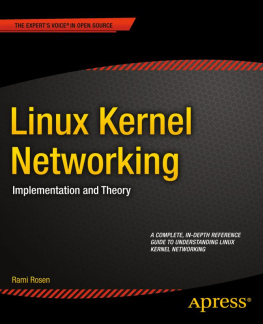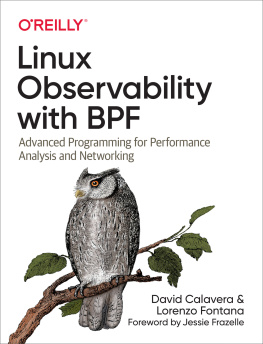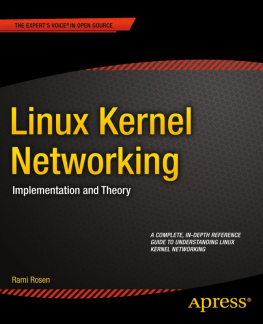Liz Rice - Learning eBPF: Programming the Linux Kernel for Enhanced Observability, Networking, and Security
Here you can read online Liz Rice - Learning eBPF: Programming the Linux Kernel for Enhanced Observability, Networking, and Security full text of the book (entire story) in english for free. Download pdf and epub, get meaning, cover and reviews about this ebook. City: Sebastopol, CA, year: 2023, publisher: OReilly Media, genre: Computer. Description of the work, (preface) as well as reviews are available. Best literature library LitArk.com created for fans of good reading and offers a wide selection of genres:
Romance novel
Science fiction
Adventure
Detective
Science
History
Home and family
Prose
Art
Politics
Computer
Non-fiction
Religion
Business
Children
Humor
Choose a favorite category and find really read worthwhile books. Enjoy immersion in the world of imagination, feel the emotions of the characters or learn something new for yourself, make an fascinating discovery.
Learning eBPF: Programming the Linux Kernel for Enhanced Observability, Networking, and Security: summary, description and annotation
We offer to read an annotation, description, summary or preface (depends on what the author of the book "Learning eBPF: Programming the Linux Kernel for Enhanced Observability, Networking, and Security" wrote himself). If you haven't found the necessary information about the book — write in the comments, we will try to find it.
What is eBPF? With this revolutionary technology, you can write custom code that dynamically changes the way the kernel behaves. Its an extraordinary platform for building a whole new generation of security, observability, and networking tools.
This practical book is ideal for developers, system administrators, operators, and students who are curious about eBPF and want to know how it works. Author Liz Rice, chief open source officer with cloud native networking and security specialists Isovalent, also provides a foundation for those who want to explore writing eBPF programs themselves.
With this book, you will:
- Learn why eBPF has become so important in the past couple of years
- Write basic eBPF code, and manipulate eBPF programs and attach them to events
- Explore how eBPF components interact with Linux to dynamically change the operating systems behavior
- Learn how tools based on eBPF can instrument applications without changes to the apps or their configuration
- Discover how this technology enables new tools for observability, security, and networking
Liz Rice: author's other books
Who wrote Learning eBPF: Programming the Linux Kernel for Enhanced Observability, Networking, and Security? Find out the surname, the name of the author of the book and a list of all author's works by series.

